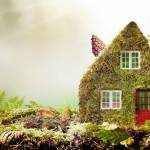
According to NASA the global temperature has raised 1.7 F with the 17 of the hottest recorded years taking place since 2001. That shows a consistent gain that is truly alarming. While the best thing we can do is reduce emissions and make changes on a mass level, there are also ways that we can do our part as individuals to help save our planet and reverse some of the damage caused by global warming.
One place to start is in the homes we choose to buy.
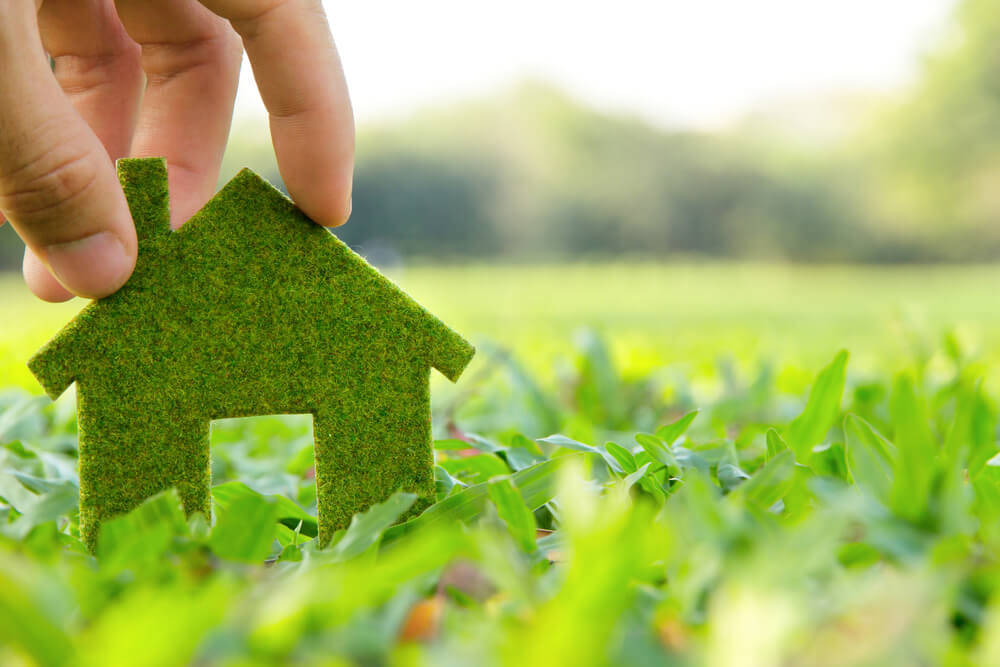
Can a Log Cabin Be Green?
It used to be that buying a log cabin was a serious resource suck. One of the reasons we switched to using drywall and plastic sheeting was because felling trees to make into houses was such a serious problem in our dwindling forests. That doesn’t even take the chemicals used to stain and seal that wood into account.
Thankfully, that is no longer the case. Not only can a log cabin be green but it is the more responsible option. It doesn’t stop there, though. You can do more to make sure you are being as eco-friendly as possible as you build or select your log cabin for use.
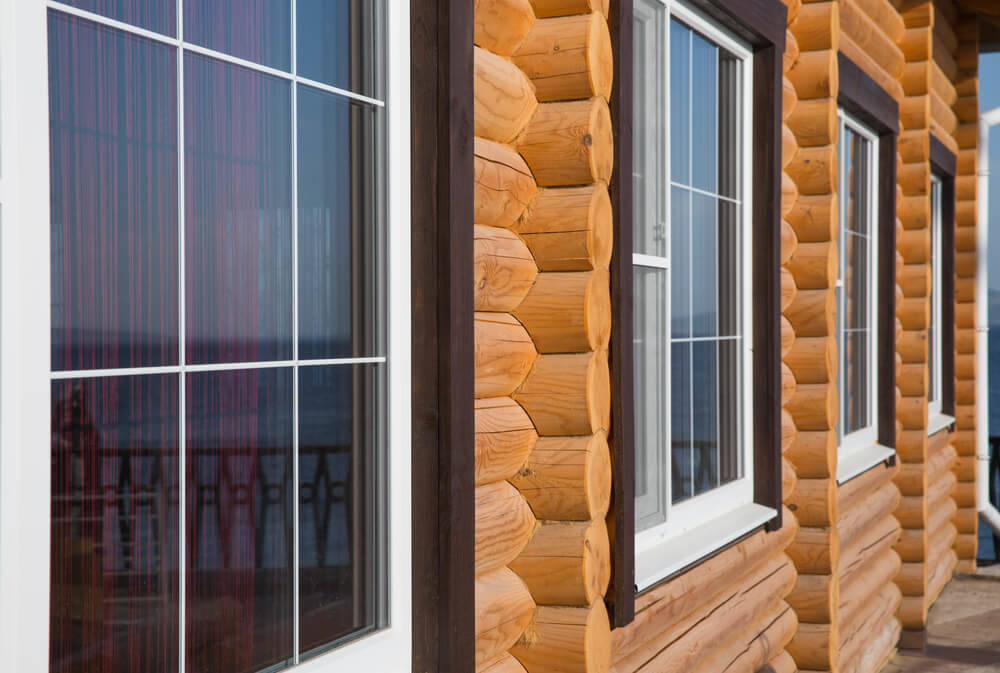
How Can I Make Sure I Am Being Eco-Friendly?
* Use recycled lumber. One of the best things you can do when you are selecting a log cabin is to choose one (or build one) that uses recycled lumber. There are a lot of used logs out there that are in beautiful condition and are ready to be applied to a project. But they are often overlooked for brand new logs from trees that are being felled and causing damage to local ecosystems. If you need another reason to go with used, they tend to be a fraction of the price of new logs.
* Call an expert. You may be dead set on taking care of repairs yourself but unless you really know what you are doing it can cause more damage or require even more materials for a job that might have required fewer. This doesn’t just cost you money, it also leads to more resources that could have been saved if it had been done by an expert the first time. At the very least you should get a consultation before you begin any work, just in case there are unforeseen problems goings forward.

* Keep an eye on chemicals. Chemicals used to seal and stain a log cabin used to be incredibly harmful to the environment. Since then much greener ones have been released, giving people the ability to have wooden houses without worrying about what they were putting out into the air, or into the soil. But those bad chemicals are still out there, usually sold as a cheaper alternative to the eco-friendly versions. Make sure you are purchasing chemicals that are green approved.
* Fix damage quickly. Let’s say you have a small bit of a log in your cabin that has a patch of what looks like rot caused by damp. You decide to put off sealing it until the beginning of the year when you are going to be staining the entire house. After all, why do a job twice? Only when the Spring comes and you go to begin staining you realize that tiny patch of rot has grown to several times the size it was. It is also deep in the wood and there is warping around it, causing gaps that are leaking air and pests through. An entire log may need to be replaced when before it could have been a tiny repair. Fixing it sooner would have taken less wood.
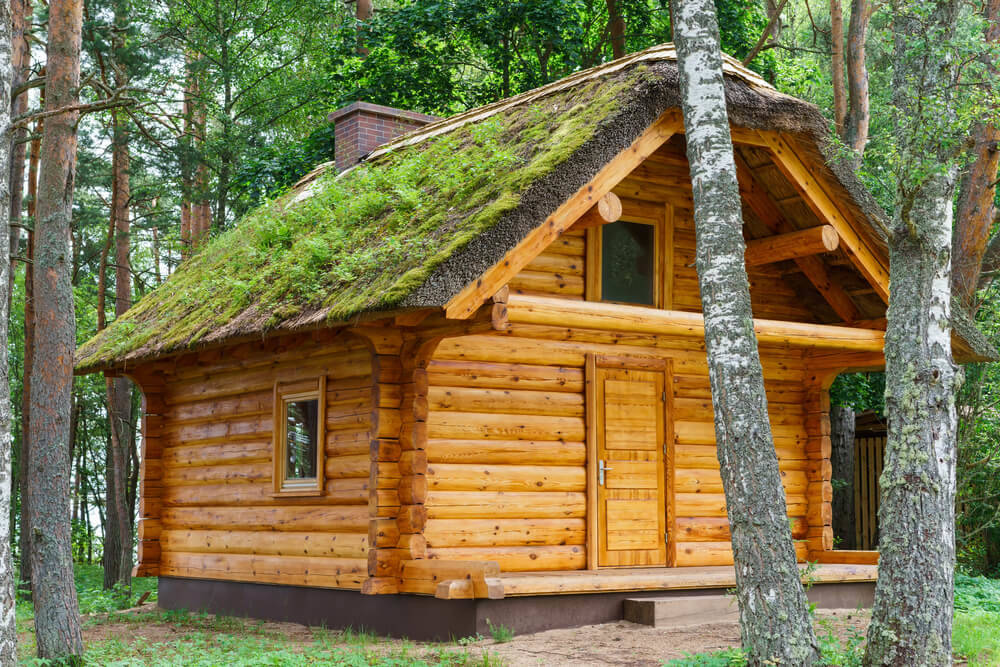
* Keep your cabin sealed. A leak in your wood can let in drafts or let out cool air. That skyrockets your energy costs and means using more energy on a day to day basis. There is little that is worst for the environment on a personal level than the amount of energy used to power a home. Sealing off any leaks every year will help with that immensely and lower your usage to manageable levels.
* Don’t let the vermin in. Do you know what is in most pesticides? They are literally poison and most of them are sprayed through aerosol cans. That is a double impact on the ozone, while also being very unhealthy for you, your family, pets and the local wildlife and insects around your home. Infestations are awful so keep an eye out for any critters that aren’t supposed to be indoors so you can catch them early.
* Consider your lifestyle habits. Do you throw out a lot of garbage? You might be able to stop that by recycling instead. Begin sorting through your trash and get whatever you can to a local recycling center. Many neighborhoods have recycling collections and if yours doesn’t you can contact the city to have them consider opening a recycling ordinance on your block.
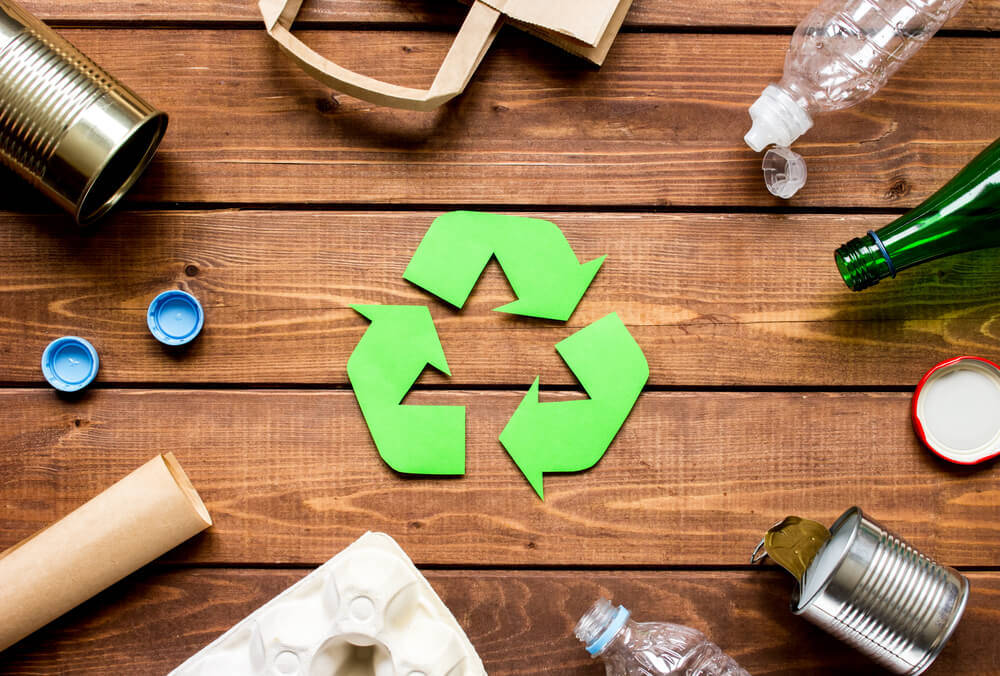
* Get some eco-upgrades done. There are plenty of energy alternatives and resources upgrades that can be made to log cabins (more information about log cabins kits). Solar panels used for both passive and active energy storage/use is one option. A wind turbine can be installed if you have an acre or more of land. Rainwater can be collected in most regions and transferred through an on-site containment system, costing between $2000 and $4000 for most models. The possibilities are pretty vast.
* Conserve your environment. Look at your yard. That is an ecosystem with a unique combination of flora and fauna, small wildlife and insects, bacteria and fungi. That world out there is delicate and can be thrown off by human habitation in terrible ways. Be mindful of how you are operating in your own yard. Consider using green alternative to pesticides and herbicides. Cover your garden with a greenhouse instead of leaving it out where you have to put chemicals around to drive away pests. Get rid of your lawn and out in something that takes less water and doesn’t require so much mowing.




